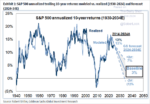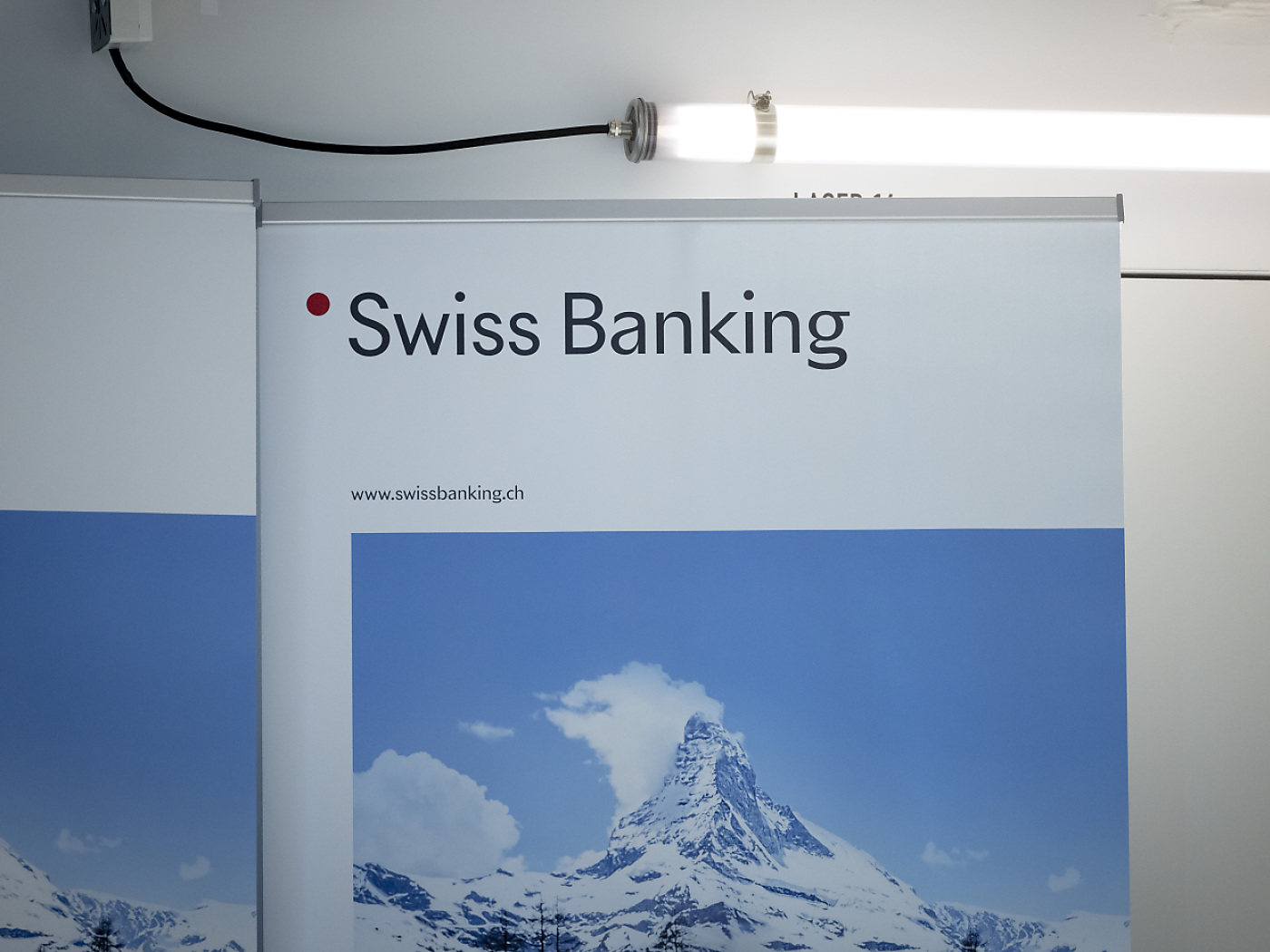Overview: The Reserve Bank of Australia surprised many with a quarter-point hike and German factory orders unexpectedly fell. Reports suggest that China has asked banks to cut deposit rates. The next result is the Australian dollar is the strongest currency in the G10 and helped lift the Canadian dollar ahead of the Bank of Canada meeting tomorrow. Australian stocks sold off (~1.2%) while large markets outside of China rose in the region. Europe's Stoxx 600 is straddling unchanged and US equity futures are a little softer. Leaving aside Australia and New Zealand, bond yields are 2-5 bp lower. That puts the 10-year US Treasury yield near 3.66%.
The dollar is mixed among the majors. The dollar-bloc currencies dollars are joined by the Japanese yen and Swedish krona, posting mostly small gains against the greenback. The other European currencies are struggling. Among emerging market currencies, the Indonesian rupiah and Mexican peso are leading the few advancers today. Turkey and other central European currencies are weaker. Gold is consolidating in a narrow range (~$1957-$1964) near yesterday's high (~$1964). Oil prices are less impressed with the Saudi's cuts and after jumping to $75 a barrel yesterday, July WTI has been sold to almost $70 today and is now hovering near $71.
Asia Pacific
The Reserve Bank of Australia lifted its cash target rate by 25 bp to 4.10%. It was only about a quarter priced in and the Australian dollar initially reacted positively to the surprise. Inflation and inflation expectations have been rising and the government’s budget and minimum wage hike is seen adding more fuel. The RBA indicated that additional increases may be necessary. The swaps market has about an 80% chance of another quarter-point hike discounted by the end of Q3. Separately, Australia reported a A$12.3 bln current account surplus for Q1 23, a little smaller than expected and Q4 22 was revised lower. It a bit less than twice the 2022 average (A$6.7 bln). Despite the widening of the current account surplus in Q1, the Australian dollar under-performed, falling nearly 1.9% in Q1. Only the Norwegian krone fell more among the G10 (-6.4%).
Japan's April income and consumption data disappointed. Household spending fell on a year-over-year basis for the second consecutive month in April. The 4.4% drop was nearly twice as large as the 2.4% decline of the median forecast in Bloomberg's survey and is the largest fall since September 2020. In April 2022, spending was 1.7% lower over the previous year. Labor cash earnings slowed to 1.0% from a revised 1.3% year-over-year increase (from 0.8%) in March. In the 12-months through April 2022 labor's cash earnings rose by 1.3%. The Bank of Japan meets next week and many look for Governor Ueda to begin to adjust policy. It could begin next week with a change from an easing bias toward neutral. Several surveys had picked up expectations that the yield-curve-control may be jettisoned or modified as early as this month. However, expectations appear to have softened though many still see it coming before the end of the fiscal half year at the end of September.
Softer US rates has seen the dollar extended its pullback against the Japanese yen. It reached JPY140.45 yesterday, settled near JPY139.60, and sold to about JPY139.10 today. A break of JPY139.00 could spur a return to last week's low around JPY138.45. The RBA's hike that took many by surprise lifted the Australian dollar to $0.6685, a three-week high after settling yesterday near $0.6615. It stopped in front of the 200-day moving average (~$0.6690) and the $0.6700 level where A$1.24 in options expire tomorrow. After the initially flurry of buying, the Aussie pulled back, reaching about $0.6655. Last Friday and yesterday's highs (slightly below $0.6640) may offer nearby support. The greenback is firm against the Chinese yuan, but within yesterday's range (~CNY7.0940-CNY7.1245). News that officials have requested banks to cut deposit rates (for the second time this year) by five bp for demand deposits and 10 bp on three- and five-year deposits encouraged speculation of easier monetary policy. The PBOC set the dollar's reference rate at CNY7.1075 today, a little lower than the CNY7.1083 projected by the median in Bloomberg's survey.
Europe
After avoiding a winter energy crisis, economic activity in the eurozone faltered late in Q1, and this could result in a small contraction in Q1 GDP, which will be revised from 0.1% later this week. Some data gave hope of a better start to the second quarter. Earlier today, Eurostat reported flat April retail sales after a revised 0.4% decline in March (from -1.2% initially. More telling was the rise in German exports (1.2% in April) reported yesterday, defying expectations for a 2.5% decline. However, the green shoots were dashed today amid a disappointing 0.4% fall in Germany factory orders. The median forecast in Bloomberg's survey was for a 2.8% rise in Germany factory orders following a dramatic 10.7% plunge in March. The series was dragged down by large-scale orders, without which, orders would have risen by 1.4%. Industrial output will be reported tomorrow. It is seen recovering after March's 3.4% drop. The eurozone's aggregate industrial production figure will be reported next week and Spain's 1.8% drop reported earlier today will not help (it was expected to have fallen by 0.5%).
The euro had extended the recovery off yesterday's low near $1.0675 and reached almost $1.0735 before the disappointing German data. It has been sold back toward $1.0685 in the European morning. A break of yesterday's low could see a retest on last week's low closer to $1.0635. For its part, sterling could not take out yesterday's high (~$1.2460) and the selling pressure has taken it back to almost $1.2400. Yesterday's low was near $1.2370. The low in late May was just ahead of $1.2300. That said, the euro and sterling losses in the European morning are stretching the intraday momentum indicators.
America
After yesterday's flurry of economic data and bill issues, the US economic agenda turns quiet today. The bill auctions were well-received amid talk of pent-up demand. Wednesday sees the 4- and 8-week T-bill sales and April's trade deficit, which is expected to widen sharply to around $75.5 bln. That would represent a nearly 18% deterioration, the most in more than a decade. April's consumer credit will also be reported Wednesday. Consumer credit rose by an average of $21.6 bln a month in Q1. It is the slowest quarter since Q3 21. The median forecast in Bloomberg's survey projects a $22 bln increase in April. Last April, it rose by $28.9 bln.
Canada reports April building permits and the IVEY PMI. These typically do not move the market, and this seems especially true ahead of Wednesday's Bank of Canada meeting. The economic strength and resilient inflation have seen a dramatic market pivot toward expecting the central bank end its "conditional pause" that was announced in January. The swaps market has about a 44% chance of a hike discounted. A hike is fully priced in for the July 12 meeting. That would bring the overnight target rate to 4.75%. The year-end rate is now seen 4.88% after briefly trading above 4.90%, highest in two months. As recently as May 12, the year-end rate was seen near 4.0%.
The RBA-inspired Australian dollar gains appeared to help the Canadian dollar. The US dollar briefly traded below CAD1.3400 for the first time since May 11. However, the greenback has resurfaced above CAD1.3400 and reached CAD1.3435 in the European morning where has been greeted with fresh sales. The intraday momentum indicators suggest potential to retest the lows in North American activity, perhaps on position adjustment ahead of tomorrow's Bank of Canada meeting. Meanwhile, the dollar is in a narrow range against the Mexican peso and pinned in its trough. At the end of last week, the greenback set a marginal new multi-year low near MXN17.42. Today's low has been about MXN17.4340. Initial resistance is seen in the MXN17.46-MXN17.50 area. Mexico reports May CPI on Thursday. The central bank has paused and may consider a rate cut (11.25% overnight target) in Q4. Note that Brazil reports May IPCA inflation tomorrow and its central bank is also expected to soon provide some guidance on a rate cut. The Selic target is 13.75% and IPCA inflation is expected to slip toward 4%.
Tags: #USD,Bank of Canada,Currency Movement,EMU,Featured,Germany,Japan,newsletter,RBA





















